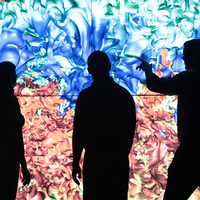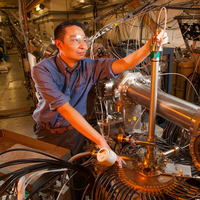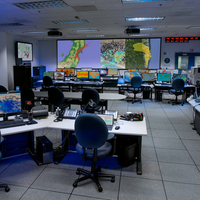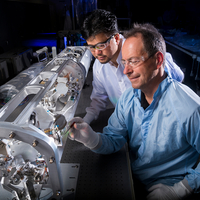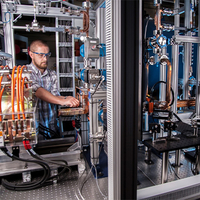OUR RESEARCH
Lasers and Optical Science and Technology
What We Do
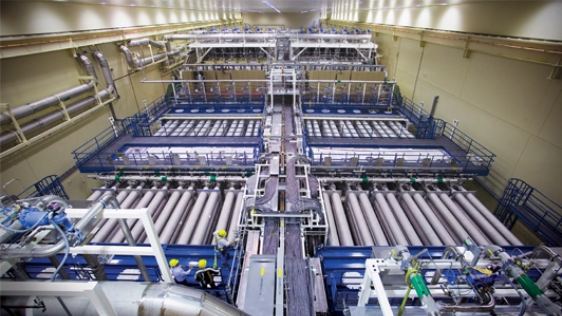
Who We Are
Our research teams include scientists, engineers and technicians who are supported by analysts, designers, transport and handling workers, and health and safety experts. Meet a few of the people who work in lasers and optical science and technology:
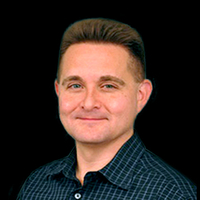
John Heebner leads the Ultrafast Optical and Electronics Systems Group, which pioneers devices and systems that bridge the gap between ultrafast optics and high bandwidth electronics. His research interests include high energy lasers, ultrafast sources and diagnostics, nonlinear optics, integrated and fiber optics, RF-photonics, beam and pulse shaping technologies and novel devices by which light fields manipulate other light fields.
John is the lead scientist for the Injection Laser System of the National Ignition Facility (NIF), where he qualified the Pre-Amplifier Modules and architected the high-contrast front end of the ARC Petawatt laser. He led the development of two critical laser control systems that shape NIF’s pulsed beams in space and time: the system of optically addressable, Programmable Spatial Shapers that tailor laser beam profiles to optimize the extraction of energy from the main amplifiers; and, the High-Fidelity Pulse Shaping system that precision tailors laser pulses in time.
John has been awarded four R&D 100 awards, four Director’s Science and Technology awards, 15 patents and he has authored 50+ technical articles. In 2022, he was recognized as a Distinguished Member of the Technical Staff at LLNL.
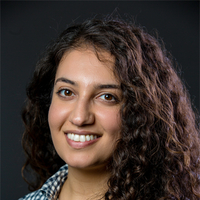
Imagine doubling a fiber-optic network’s capacity and reducing its upgrade cost by 90 percent—with almost no disruption to existing infrastructure. That’s exactly what Leily Kiani’s E-band fiber optic amplifier project is working to achieve. Leily is a member of the National Ignition Facility and Photon Science Fiber Technologies Group, which is developing upgrades to decades-old fiber-optic amplifier technology at the foundation of global telecommunications networks. She is also working on Tm:YLF laser development, the High-Repetition-Rate Advanced Petawatt Laser System and a study on laser technology development for Inertial Fusion Energy.
Leily joined Lawrence Livermore as a postdoctoral researcher in 2016 and transitioned to staff scientist in 2019. Explaining why she enjoys her work, Leily says, “The Lab is very connected to both academia and industry and offers a diverse portfolio of research and projects.”
Leily’s innovative efforts have been noticed by the community and Laboratory stakeholders. Along with being named to Diablo Magazine’s 2018 “40 Under 40” list, she was awarded a $150,000 grant sponsored by the Department of Energy’s Technology Commercialization Fund and $150,000 in matching funds from the Laboratory’s Innovation Development Fund.
Leily holds a Ph.D. and B.S. in physics from the University of California, Merced.
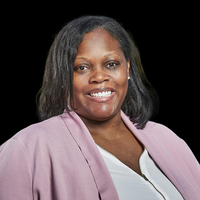
Vanessa Peters first heard of Lawrence Livermore National Laboratory while pursuing graduate studies. After earning her Ph.D. in materials science and engineering, she joined the Laboratory as a postdoc and then moved into a full-time position as a staff scientist in the Laser Materials Interaction group, studying the effect of high-power lasers on a range of materials.
“Lawrence Livermore is an environment conducive to learning and allows staff to develop professionally while navigating their career path,” says Vanessa. “The Lab has some of the brightest people on the planet working here, access to unique and specialized instrumentation and equipment not found elsewhere and is globally recognized.”
Vanessa’s technical work is only part of the story. “The mission of LLNL management to continue making the Laboratory an inclusive environment also resonates with me,” she says. She mentors African American students at Livermore High School, and she shares the Lab’s culture and encourages students from historically Black colleges and universities to seek out opportunities at Livermore during events such as LLNL Day. Vanessa has received a Director’s Award for helping to sustain the consortium relationship with her alma mater and two other universities, where she’s come full circle, inspiring the next generation of Laboratory researchers.
Vanessa earned a Ph.D. in materials science and engineering and a B.S. in chemistry from Norfolk State University.
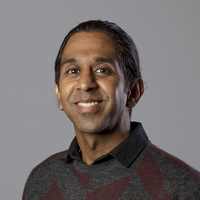
When Raj Raman saw the opportunity to contribute to optics materials research at a world-class facility like the National Ignition Facility (NIF), he seized it. “Rare is the chance to contribute to cutting-edge research toward moon-shot science that also supports the national interest,” he says.
Raj applies his expertise conducting experiments designed to extend the lifetime and capability of optics used on energic lasers. What’s more, his work with the Optics and Materials Science and Technology group uncovered the timeline of events leading to damage of optical components in high-energy laser systems. Using this information, Raj and his team help keep NIF running with healthy optics that maintain the quality of user experiments.
Raj embraces the challenge of pursuing never-before achieved scientific milestones, especially alongside talented and motivated colleagues. He says, “Within walking distance at Lawrence Livermore, you have access to unique resources with scientific-grade instrumentation and the knowledge of world experts in a variety of disciplines!”
Raj has a Ph.D. and M.S. in engineering and applied science from the University of California, Davis, and B.A. in physics from the University of California, Berkeley.
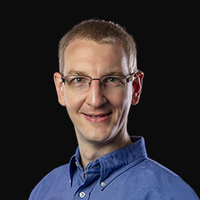
Tom Spinka is program element leader for Laser Development in the Advanced Photon Technologies (APT) group. He leads the APT group’s laser R&D activities, identifies and fosters new applications where lasers can support National Nuclear Security Administration and Department of Energy (DOE) missions and recruits new talent. Tom also provides technical support and insight to the Laser Systems Engineering and Operations Division and NIF & Photon Science senior management teams.
Tom joined LLNL as an opto-electronic engineer in 2010. He worked on the front end of the Advanced Radiographic Capability laser funtil late 2013, when he transitioned to the High-repetition-rate Advanced Petawatt Laser System.On this project, he was the lead scientist and commissioning manager for the short-pulse laser system. Tom contributed to and led several R&D efforts from 2017 through 2023 and has been leading LLNL’s contributions to the DOE Office of Fusion Energy Sciences MEC-U Project to field a rep-rated high energy short pulse laser at SLAC National Accelerator Laboratory’s Linac Coherent Light Source since 2019.
His expertise is in short-pulse lasers and laser physics, high-average-power diode-pumped solid-state laser systems and ultrafast and nonlinear optics and spectroscopy, with broad interests in laser modeling, laser materials science, adaptive optics, laser-matter interactions, astronomy, machine learning-based classification, categorization, and optimization and applied statistics and data analysis.
Tom received his B.S. degrees in electrical engineering and astronomy, and his M.S. and Ph.D. degrees in electrical engineering from the University of Illinois at Urbana-Champaign.
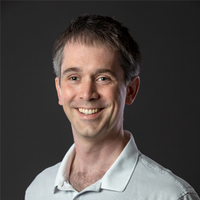
Michael Stadermann loves a challenge, and he finds plenty of challenges at Lawrence Livermore National Laboratory. He joined the Laboratory as a postdoctoral fellow in 2004 to work on a nanotube-based gas analyzer. Since then, his research has largely focused on materials and methods for target fabrication, although he’s also been heavily involved with electrochemistry and energy storage, building an internationally renowned capacitive desalination group.
Michael serves as the program manager for target fabrication at the National Ignition Facility. “The technical challenges and excellence of LLNL keep me here,” he says. “Few places in the world rally people around an interesting challenge so easily. I am excited about coming to work every day because I will learn something new or help solve a problem that will make the world just a little bit better.”
Michael has a Ph.D. in chemistry from the University of North Carolina at Chapel Hill and a Vordiplom in chemistry from the University of Düsseldorf.
Our Latest News
Our Current Projects
We develop state-of-the-art optics and novel materials than can meet the needs of advanced laser systems, and we model, design and test next-generation laser technology.
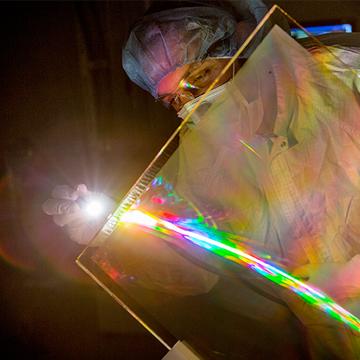
Calibrated Optics
We develop, test and refine advanced optics that can tolerate the extreme conditions in our high energy density science experiments. For example, we tailor optics used in mirrors and lenses to offer the refractive properties needed to avoid laser damage. Our optical scientists are experts in the physics of laser-matter interaction and chemical processes that mitigate damage. They collaborate with our additive manufacturing experts to develop 3D-printed optics.
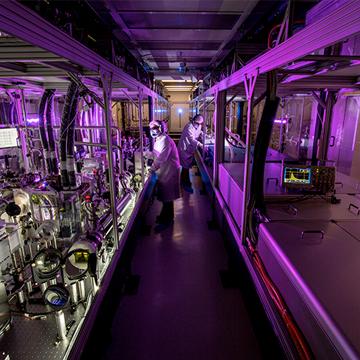
Advanced Photon Technologies
We design, model, develop, test and commission next-generation laser technology and execute experiments to verify and validate advanced laser concepts relevant to fusion energy drivers, plasma physics, condensed-matter physics, laser propagation and laser-matter interactions. We design technology that will enable us to monitor laser performance via machine learning, coupling modeling with experimental data to optimize performance. Our work in high repetition-rate, high-power lasers aims to increase the phase space of high energy density plasmas for study.
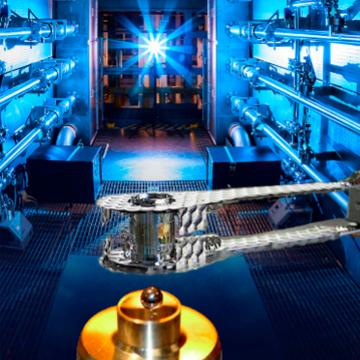
Materials for Laser Systems
We develop, fabricate and evaluate new materials that can meet the needs of advanced laser systems, such as precisely fabricated targets, ultra-thin polymer films that support target capsules and polymer coatings able to withstand extreme environments. Our teams also study the growth of crystals in deuterium and tritium isotopes, which are used as fuel in fusion ignition experiments, exploring how to develop uniform material layers that are smooth and nearly defect free.
Our Facilities, Centers and Institutes
Our work is carried out at NIF, the world's largest and most energetic laser, at additional Livermore facilities and in partnership with world-class facilities offering unique capabilities.
JLF
Jupiter Laser Facility
The Jupiter Laser Facility (JLF) delivers leading-edge science and supports the high energy density science research community with access to high-energy and high-power laser platforms.
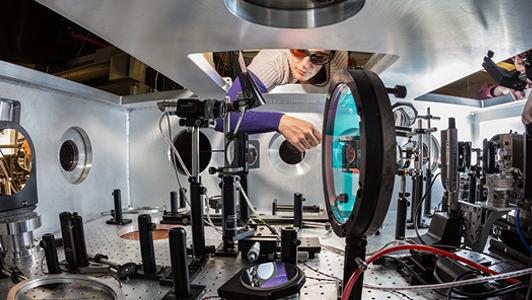
NIF
National Ignition Facility
The National Ignition Facility (NIF) is the world’s largest and highest-energy laser system. Our unique energy and power enable cutting-edge research to help keep the U.S. stockpile safe and secure, explore new frontiers of science and lay the groundwork for a clean, sustainable source of energy.
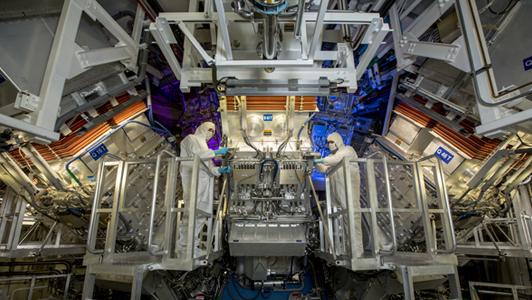
Related Organizations
World-class science takes teamwork. Explore the organizations that contribute to our lasers and optical science and technology research by clicking the images below.
Join Our Team
We offer opportunities in a variety of fields, not just science and technology. We are home to a diverse staff of professionals that includes administrators, researchers, creatives, supply chain staff, health services workers and more. Visit our careers page to learn more about the different career paths we offer and find the one that speaks to you. Make your mark on the world!

